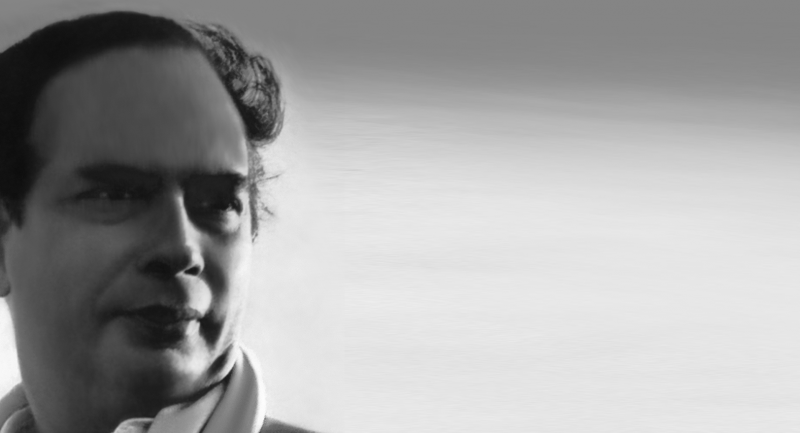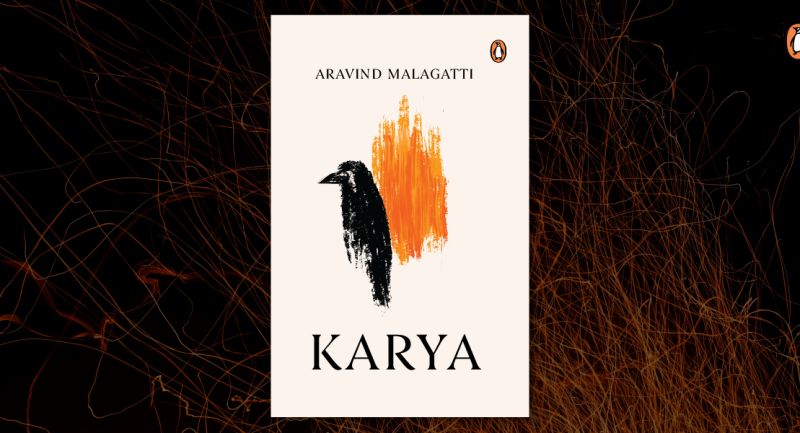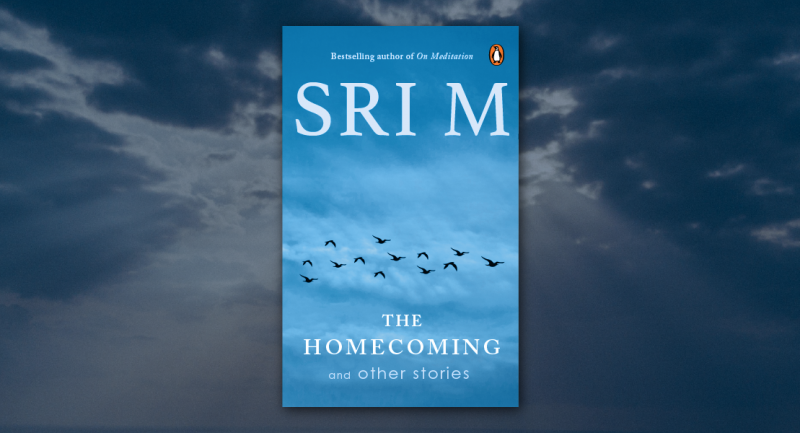
Sharmila Sen is the author of Not Quite, Not White, which is a first-generation American’s searing appraisal of race and assimilation in the US. In this special piece by her, she talks about what defines belongingness.
One of my all-time favorite novels is The Long Winter, the sixth book in Laura Ingalls Wilder’s popular Little House series. It was published in the United States in 1940 and narrates events from almost sixty years earlier, about a particularly devastating snowstorm that took place when the author was a young teenager. I read The Long Winter and the rest of the Little House books, considered controversial by some these days, during another snowy winter– the winter of 2002-2003. At the time, I was pregnant with our second child, a son. He was born in the middle of a snowy February in 2003. In Boston, we expect our Februarys to be snowy. A couple of years later, when our third child, another son, was born, we faced another snowstorm. This one was unexpected because it was early April and blizzards are a rarity at that time of the year. Since two of my three children were born during similar meteorological conditions, I associate snowstorms with happy events.
I first discovered the joy of snowstorms when I was a young girl, about eleven or twelve, newly-arrived in Boston from Calcutta. In India, we had school holidays during exceptionally rainy days during the monsoon season when the streets of Calcutta would be flooded. In Boston, when the snow piles up so high that the roads are deemed unsafe, school is cancelled. All children eagerly await the news of school closings in the morning after a particularly heavy blizzard. In the early 1980s, as soon as the school department announced the holiday on television, the phone would immediately start ringing in our apartment. My classmates and I would call each other to make plans for spending the day exploring snowbanks, having snowball fights, and sometimes even shoveling our neighbours’ yards for a little extra pocket money.
My love of The Long Winter is not tied to my girlhood memories of snow days though. I read the entire Little House series during the winter of 2002 –2003 in anticipation of what our children would read one day. I had begun this process of exploring American children’s literature a year earlier when we adopted our first child, a daughter, from India. Our baby girl’s arrival into our life meant I was suddenly inundated with gifts of baby books from friends and colleagues. I discovered Margaret Wise Brown’s haunting prose and Richard Scarry’s incandescent illustration style at that time. Suddenly, our study, which had been converted into a nursery for our daughter, not only housed my husband’s drafting table and my collection of books by authors ranging from Maryse Condé to Geoffrey Chaucer, from Tayeb Salih to Philip Sidney, but also numerous beautiful board books. Goodnight Moon, The Big Red Barn, The Runaway Bunny, Little Fur Family, Corduroy, The Rooster Struts, The Little Engine that Could, Guess How Much I Love You. Every adventure of Curious George and the man in the yellow hat, of Madeline and her classmates, and of Babar and his royal pachyderm clan could be found in the nursery which once served as a work space for a professor of English and an architect.
My husband and I have lived in the United States since we were children. He arrived from the UK in 1977 and I from India in 1982. We are both of Indian origin. By the time we became the parents of three young children we had been shaped by American culture, for better or for worse, in the most profound of ways. Yet, we were missing one key component. We had not read American baby books and neither had our parents. Our children introduced us to this heretofore hidden aspect of the culture in which we had been living. I was not satisfied reading only the baby books and wanted a head start on the classic YA books. So, I bought the entire Little House series (as well as the Anne of Green Gables series, even though it is set in Canada) and settled down each evening, after teaching English literature to Harvard students, with Laura, Mary, Carrie, Ma, and Pa. My unborn son kicked and moved, and the snow fell silently outside my window, while I imagined surviving a deadly blizzard in the Dakota Territory in 1880.
Whether native-born or an immigrant, becoming a parent makes one understand a society in a whole new way. I read children’s books I never read before for my daughter and sons, delved deep into the American world of parenting magazines and child-rearing debates. I indulged in all sorts of retail therapy for kids’ clothes and toys. I also learned about parental leave policies and the politics of maternity that parenthood inevitably discloses to us.
When you bring a child into your world, you see that world anew. When you raise children in a country where you were not born, you learn things about the place– the hopes and fears of your neighbours and colleagues, the little hidden nooks and crannies of a society, in all its ugliness and splendour, that remains hidden to adults normally. Learning about the country of your child’s birth is an age-old ritual. The original European colonists in the Americas experienced it. As did the enslaved Africans who gave birth to first-generation Creole babies in American plantations. The indentured Indian laborer in Africa, Fiji, and the Caribbean experienced it. As did the British in India.
When my children were in pre-school, a dear friend’s younger brother passed away after a long illness. His mother– a Scottish woman who had moved to Italy to marry her husband and then followed him to Boston – said to me that she never quite accepted America as her home. But now America will always be a sort of home because her son died here. She sat on our deck, one warm summer evening in 2007, and told me this. With a shiver running down my spine, I thought, maybe that is the secret umbilical cord of belonging. We belong not where we were born but where we lost someone we loved.
Do we belong to a place where our ancestors were born? To a place where we were born? To a place where our children were born? Or to the place where they died? Ask this of mothers of soldiers killed in foreign wars, of mothers of migrants drowned in the Mediterranean.
Part memoir, part manifesto, Not Quite Not White, is a witty and poignant story of discovering that non-whiteness can be the very thing that makes one American. For more posts like this, follow Penguin India on Facebook!









